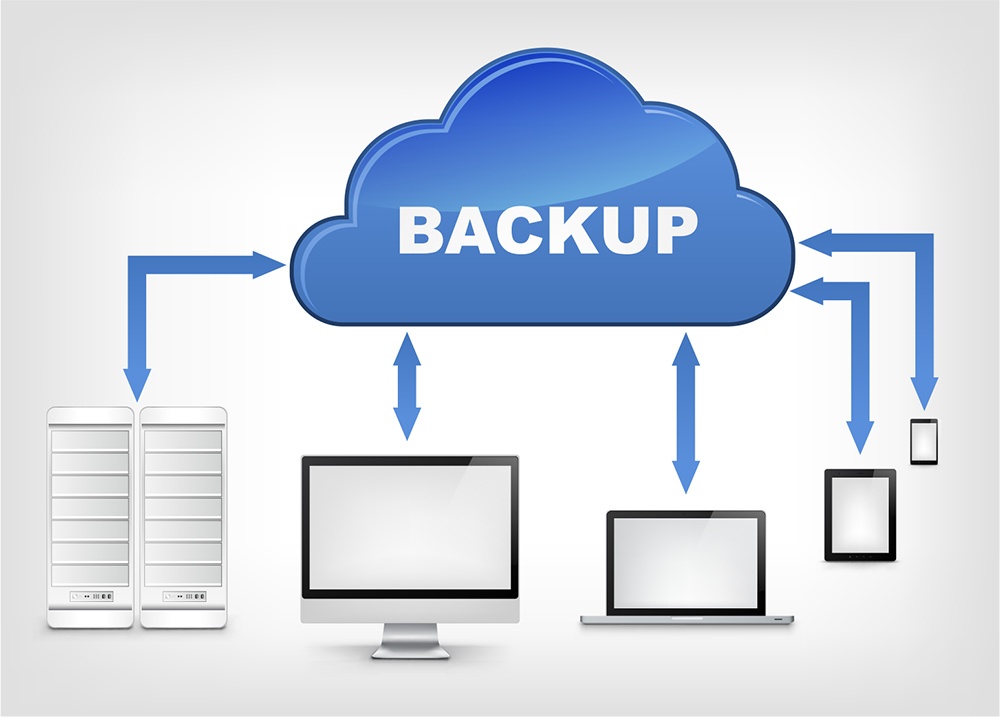Remote technologies have been a staple of the information technology (IT) tech support industry for many decades now. Some think remote IT started not long after the advent of the telephone. However, just as rotary telephones have evolved into the sleek, smart, supercomputers we keep in our pockets today, remote IT support has similarly transformed into something every business should consider investing in.
Remote IT Tech Support
Most of the day-to-day functions of modern business already take place on networked computing devices, or in the digital cloud entirely. What that means is most day-to-day IT support issues are more likely to fall under the umbrella of process issues, software issues, security or network issues. All three of these can be easily, quickly, and seamlessly solved through remote IT support.
Advanced technologies now allow off-site IT tech support teams to solve IT problems with an IT specialist remotely. An IT support technician can control (with permission) any person’s computer to quickly diagnose issues and implement ways to resolve just about any problem. As a result, remote IT support has become a staple IT strategy for many businesses.
Remote support is widely known for its convenience, effectiveness, and flexibility.
9 Benefits of Remote IT Tech Support
for Your Business
1. Save money

IT support is a necessary investment to protect your business and confidential information from cyberthreats as well as manage and monitor the crucial IT infrastructure required for businesses to function.
Unfortunately, hiring in-house IT staff can be prohibitively costly. On-site IT departments require extensive on-site human resources, take up office space, and can weigh on a company’s payroll.
Remote IT support eliminates the need to provide the usual trappings of an in-house IT department and is, as a result, much less expensive.
Today, much of what a traditional, on-site IT department does can take place remotely. Instead of hiring full-time IT staff members who are idle and waiting for problems to arise, a company could instead outsource all or part of their day-to-day IT needs to a managed IT service provider who can often solve issues remotely.
Not only is this less expensive than in-house support, but it could also offer a more convenient and faster response time. Fast fixes save you time, and ultimately, money.
2. Access to professionals

Third-party remote IT service providers hire competent and skilled professionals so you don’t have to. These teams of expert professionals help you and your business stay connected and supported.
As necessary, most IT support experts also perform on-site visits to correct hardware, firmware, or network issues that can’t be solved remotely.
For companies that cannot afford to keep expert IT staff on the payroll, third-party remote support provides IT expertise at a much more affordable rate.
3. Access to new IT services and products

As your business grows and evolves to accommodate tech-savvy consumers, you will need access to the latest and greatest IT products and services to keep a competitive advantage.
For example, most enterprises want the newest productivity and security software at their disposal. Instead of performing laborious upgrades every year and dealing with version fragmentation and “dependency hell,” companies can instead upgrade all their software packages and accompanying dependencies remotely across the board for all their employees, including remote workers, with the help of a remote IT support strategist. Not only does this keep your company and your systems safe and current, but it also ensures that your business is always on the cutting edge.
4. Security

Unfortunately, data breaches are all too common in today’s interconnected world. Large, lucrative, well-known companies are not immune to hackers, and neither are small to mid-sized companies.
Many hackers prefer to target smaller businesses precisely because these companies often do not invest in high-quality cybersecurity.
Working with a remote IT support team ensures cybersecurity during not only business hours, but also professional protection from hackers, data thieves, and other cyber criminals while you sleep.
One of the primary benefits of a remote work setup is the ability to monitor network activity in realtime.
Rather than try to mitigate a security breach after the fact, remote IT support can actually stop a cyberattack in progress or prevent hacking attempts altogether. This allows companies to recover rapidly from any such effort to compromise their networks and hit the ground running.
5. 24/7 Availability

Most companies and company employees stop working at 5 or 6 p.m, including your typical onsite IT department staff.
With a remote IT setup, help is available at all hours of the day to support your business, regardless of where you are or what time it might be.
For urgent and immediate IT assistance, there’s no need to wait until the next business day for a solution. You can easily reach out to your remote IT support team with a phone call or instant message and receive a prompt response.
When it comes to dealing with potentially dangerous IT concerns, such as a cyberattack, time is of the essence. Remote IT monitoring and support is the only way to deal with realtime threats in realtime.
6. Realtime speed, realtime solutions

In the internet age, speed is king.
Unfortunately, that means each minute an IT issue persists can directly translate to lost sales, lost revenue, and lost customers.
In a world operating at a breakneck pace, the lag time associated with on-site IT support is simply no longer feasible. Of course, specific issues, such as issues pertaining to hardware or physical IT infrastructure, may still require on-site solutions. However, most of the business day-to-day operations can be rapidly solved remotely by a virtual IT professional.
7. Uninterrupted business focus

Sometimes even the most basic IT problems, such as a lack of internet connectivity, could cause your business to come to a halt.
With remote IT support, you can remain seated in your desk while an IT service professional immediately comes to your assistance and solves the issue in realtime. Not only can remote support reduce downtime, but 24/7 remote monitoring services can also help ensure that your business won’t experience any unexpected downtime, to begin with.
8. Proactive maintenance

More important than accessing professional IT help when you immediately need it, is accessing IT help before you need it.
By the time you absolutely need IT support to come and repair some emergency technical issue, you’ve likely already sunk a good amount of time trying to investigate the problem yourself. All this lost time costs your company more money than it would have cost for IT to have been proactively performing routine maintenance on your business systems.
Remote IT support can continuously monitor your systems before technical issues arise and negatively affect your business.
9. Off-site backup

Always back up your company’s data.
Whether this data is simple business metrics or precious intellectual property, it is important to consider how your enterprise’s information will be stored and protected.
Backups offer a fixed point in time that your content can return to in case this information is lost, corrupted, or attacked by hackers.
On-site backups are useful but are subject to cybersecurity risks if everything is on the same networked system.
An off-site, or remote backup is an essential disaster-recovery method that keeps your data safe no matter what happens to your physical office. Because breaches are common, it’s prudent and wise to keep an off-site backup of company systems and content.
The best part of remote, off-site backup is that it’s out of sight and out of mind until your organization needs to access the information contained therein.

